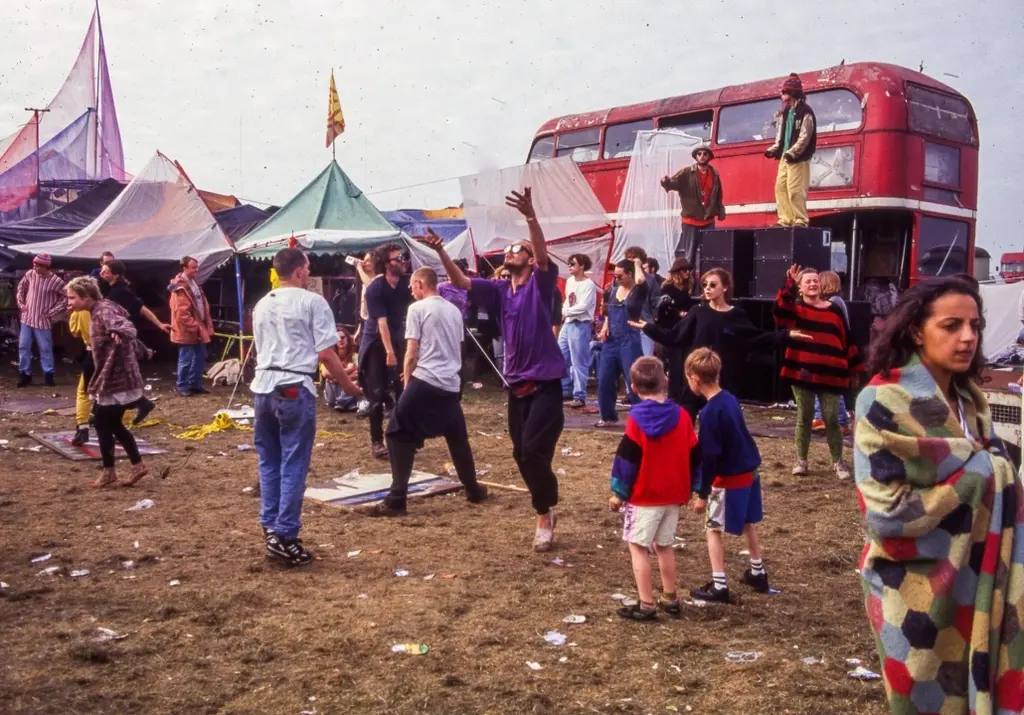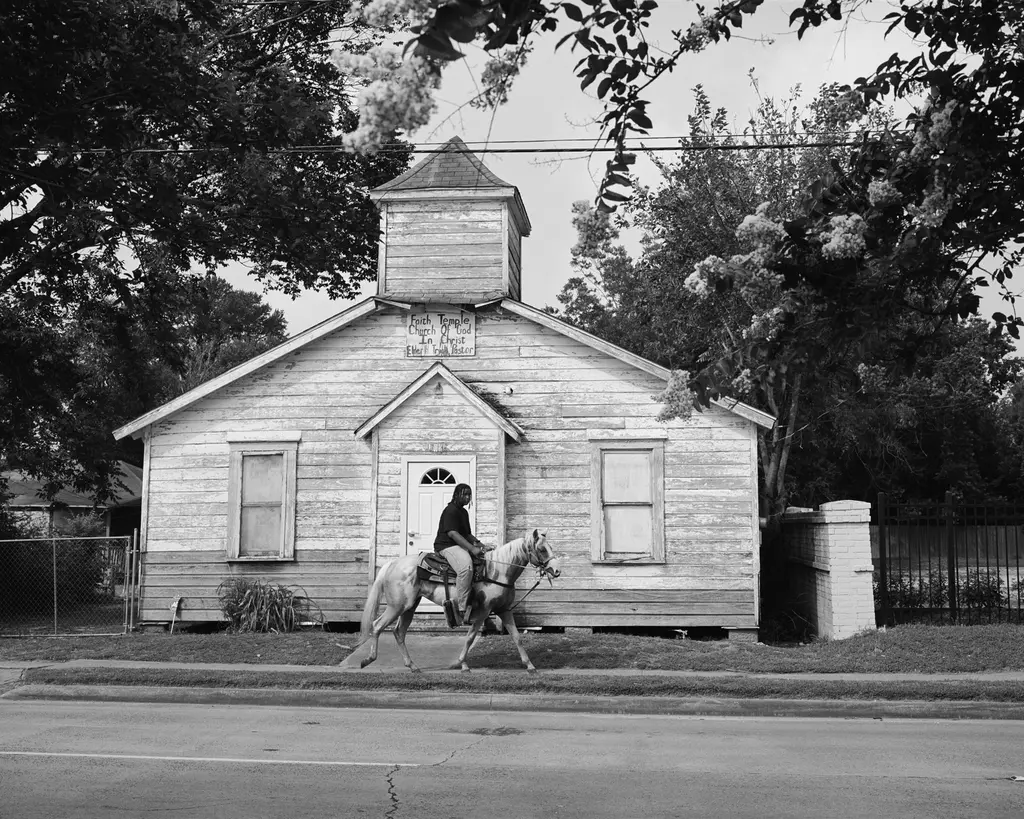RRAA.-
- Text by George Kafka
- Photography by RRAA.-, George Kafka

Two years ago RRAA.- was out walking his dog in the Buenos Aires neighbourhood of Belgrano when he found himself standing and staring at an advert for a politician. It was at this moment that he realised it was time to intervene in the ever growing bombardment of advertising that was taking over the public spaces in his city. Today RRAA.-‘s work is recognised across Buenos Aires for its simple beauty, subtle criticism of the industry in which he used to work and heartfelt slogans that remind us that we are people, not just consumers. Huck took a walk with the Argentine street artist to watch him work and chat about public spaces, conversations with strangers and future projects.
What motivated you to start the interventions project?
I think the bombardment of advertising that we see here in Buenos Aires has got to a ridiculous stage. Nowadays every inch of the street – the subway, the toilets in your local bar – is covered in adverts, to the point that people don’t even pay attention to what they are being sold any more. We just look at the ads because they have this magnetism, this communicative power that, for some reason or other, we can’t ignore. With the interventions, I realised that I could actually use this power to counterbalance the bombardment with something different. In Judo they say you’re supposed to use your opposition’s weight in your favour; I’m using the weight of advertising to communicate something different, to reach people in a personal way and undermine the commercial message of the advertisements.
What impact are you hoping to have with the interventions?
My main objective is for people to see my work and for it to affect their conscientious side, their more sensitive side. I’m not just doing this to take a shot at the advertising industry. If I wanted to do that I’d just take a spray can and paint crosses on every ad I saw – it would be a lot quicker and cheaper than what I do! It’s not even so much about the city or the street. It’s really about reaching people and hitting that emotional side by distracting them for a moment. The best thing for me is when I meet someone and they tell me about an intervention that they’ve seen. They remember the exact street corner it was on, they remember the colour I used, but they can’t remember the brand that I painted over. For me, that is mission accomplished.
Why is working on the street important to you?
Again it’s about this idea of communication and conversation. I can reach so many more people by working on the street and especially with these ads that have so much magnetism. For people to see my work in a gallery they need to have a predisposition for this kind of activity- they’re going to be a certain type of person. On the street, my work is reaching a homeless guy, another artist, a minister in his chauffeured car and everyone in between. These people are going to see my work by accident and, I hope, it can surprise them and reach them on a personal level. It can make an impact on their day, which they weren’t expecting.
What kind of reactions have you had?
It has been overwhelmingly positive. It’s funny actually, because I used to work in advertising I’m often painting over things that were made by people I know. I’ll take a picture of what I’ve done and send it to them and they love it! One time I painted over the face of a tango singer and somehow she saw a picture of what I’d done and she thought it was great. The thing about the interventions is that they aren’t attacks on the individuals in the images, or the people behind the specific ads. I choose the posters based on their location and the size of the faces on them, it has nothing to do with the content. Whether it’s a political campaign, a band, Coca-Cola, it doesn’t matter to me. So the important thing for me is not the face on the ad, but reaching the people on the street who are going to see it.
What does the future hold for RRAA.-?
This year I want to work some more using words and slogans alongside the painted faces. I’ve had some great reactions to the work I did last year using phrases. Again they get to people personally. If someone walks past and they see a formula for love, or a reminder that a kiss only takes three seconds, it makes them smile and it’s like these advertising spaces are actually interacting with them as individuals not consumers. Beyond that, my long term dream is to get in touch with Banksy. He’s a big inspiration for me, especially his pieces which offer some social commentary. I want to invite him to Argentina and do something…I’m not sure what yet, but something on the street. That would be great.
To see more of RRAA.-’s work – or if you happen to be Banksy – check him on Facebook or Instagram.
Latest on Huck

Meet the trans-led hairdressers providing London with gender-affirming trims
Open Out — Since being founded in 2011, the Hoxton salon has become a crucial space the city’s LGBTQ+ community. Hannah Bentley caught up with co-founder Greygory Vass to hear about its growth, breaking down barbering binaries, and the recent Supreme Court ruling.
Written by: Hannah Bentley

Gazan amputees secure Para-Cycling World Championships qualification
Gaza Sunbirds — Alaa al-Dali and Mohamed Asfour earned Palestine’s first-ever top-20 finish at the Para-Cycling World Cup in Belgium over the weekend.
Written by: Isaac Muk

New documentary revisits the radical history of UK free rave culture
Free Party: A Folk History — Directed by Aaron Trinder, it features first-hand stories from key crews including DiY, Spiral Tribe, Bedlam and Circus Warp, with public streaming available from May 30.
Written by: Isaac Muk

Rahim Fortune’s dreamlike vision of the Black American South
Reflections — In the Texas native’s debut solo show, he weaves familial history and documentary photography to challenge the region’s visual tropes.
Written by: Miss Rosen

Why Katy Perry’s space flight was one giant flop for mankind
Galactic girlbossing — In a widely-panned, 11-minute trip to the edge of the earth’s atmosphere, the ‘Women’s World’ singer joined an all-female space crew in an expensive vanity advert for Jeff Bezos’ Blue Origin. Newsletter columnist Emma Garland explains its apocalypse indicating signs.
Written by: Emma Garland

Katie Goh: “I want people to engage with the politics of oranges”
Foreign Fruit — In her new book, the Edinburgh-based writer traces her personal history through the citrus fruit’s global spread, from a village in China to Californian groves. Angela Hui caught up with her to find out more.
Written by: Katie Goh

